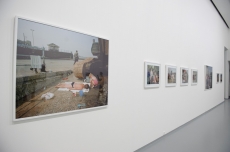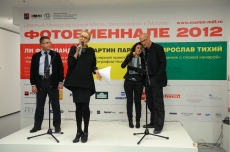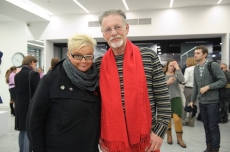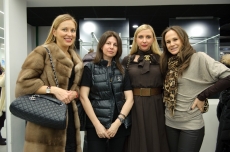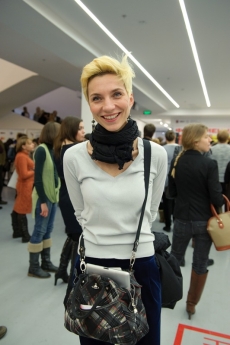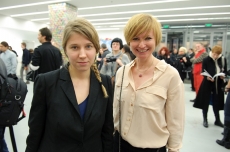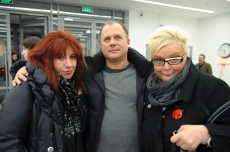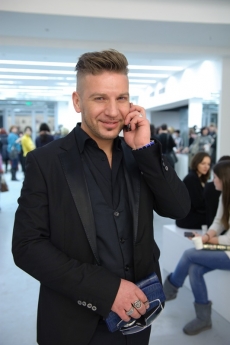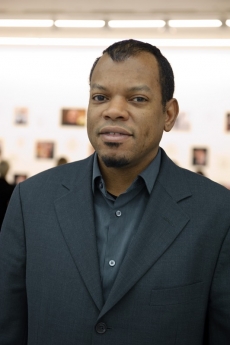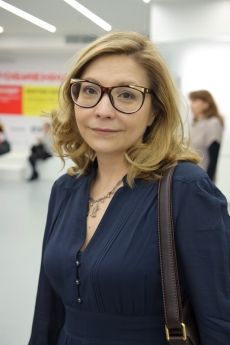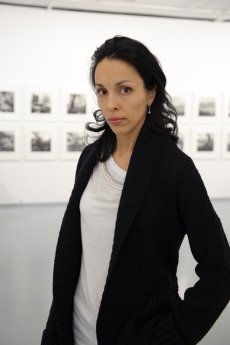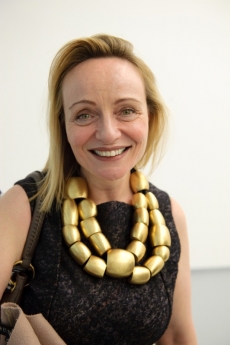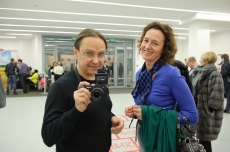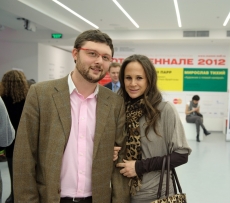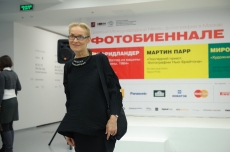The last resort. Photographs of New Brighton 1983—1985
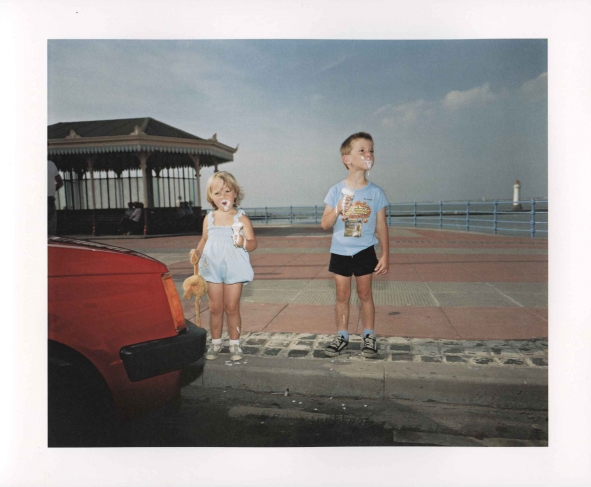
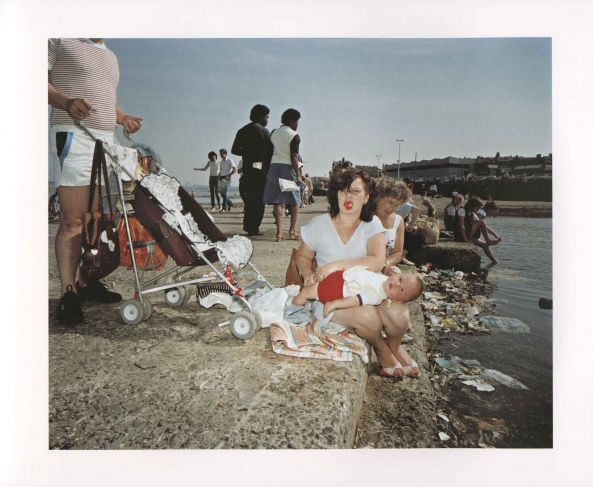
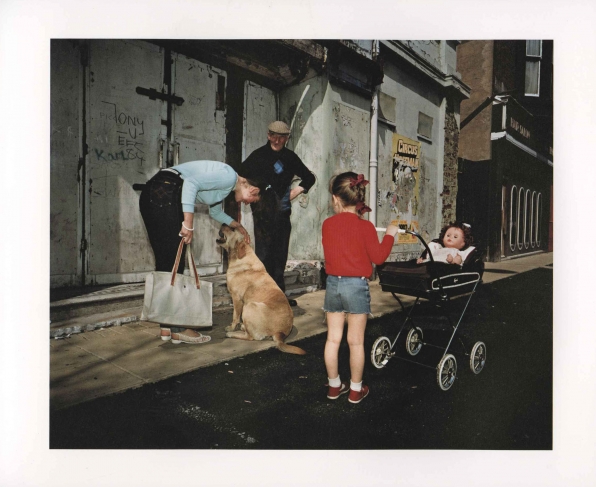
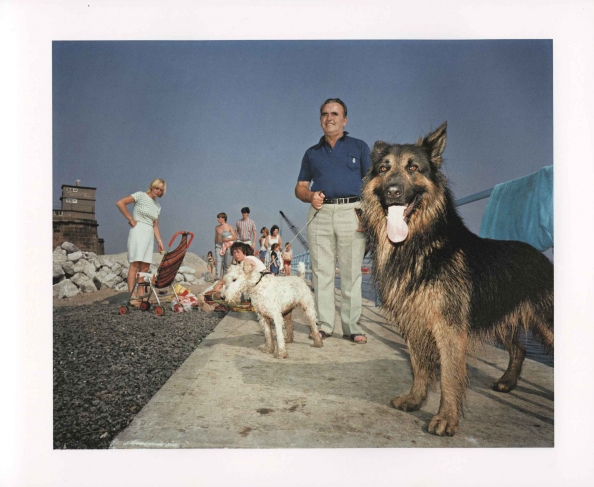
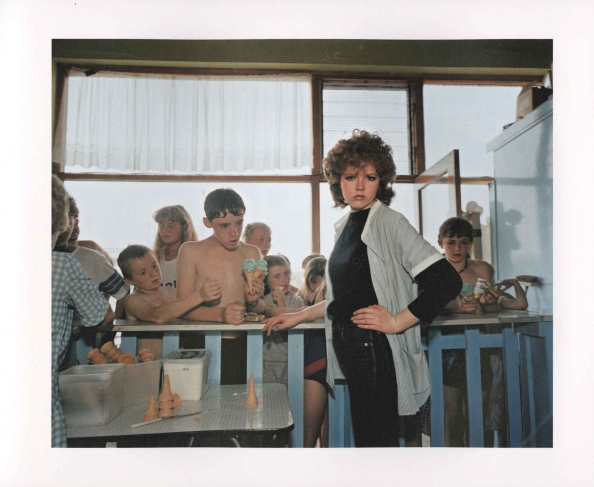

Martin Parr. From the series The Last Resort: Photographs of New Brighton. 1983-1985. Courtesy of Martin Parr / Magnum Photos
Martin Parr. From the series The Last Resort: Photographs of New Brighton. 1983-1985. Courtesy of Martin Parr / Magnum Photos
Martin Parr. From the series The Last Resort: Photographs of New Brighton. 1983-1985. Courtesy of Martin Parr / Magnum Photos
Martin Parr. From the series The Last Resort: Photographs of New Brighton. 1983-1985. Courtesy of Martin Parr / Magnum Photos
Martin Parr. From the series The Last Resort: Photographs of New Brighton. 1983-1985. Courtesy of Martin Parr / Magnum Photos
Martin Parr. From the series The Last Resort: Photographs of New Brighton. 1983-1985. Courtesy of Martin Parr / Magnum Photos
Moscow, 23.02.2012—18.03.2012
exhibition is over
Share with friends
It is difficult from a perspective of almost a quarter of a century to underestimate the significance of The Last Resort, either in British photography or Martin Parr’s career. For both, it represented a seismic change in the basic mode of photographic expression, from mono¬chrome to colour, a fundamental technical change that heralded the development of a new tone in documentary photography.
For the press
This shift in tone, with Parr as an important catalyst, was not confined to this island. It also marked the beginning of a period of vigorous revival in European photography, and the mode which came to be known as the ‘New European Colour Photography’.
Nor was this fundamental change in rhetoric welcomed with open arms by the old guard in photography, espe¬cially those who considered that sober black-and-white was the correct medium for the sympathetic recording of contemporary life. Parr was impressed by the colour work of American photographers such as William Eggleston, Stephen Shore and Joel Meyerowitz, and, on a different level, the colour postcard. He bought a Plaubel Makina 6×7cm rangefinder camera, a crucial purchase because it gave him the advantage of a much larger negative than his previous 35mm cameras, and therefore finer detail. But the Plaubel was almost as light and as easy to use as the smaller camera — enabling him to make fast ‘street’ pictures with the detailed resolution of the more static larger formats. This particular camera, indeed, revolu-tionised photography for certain photographers, and it can be said that the whole aesthetic of the ‘New European Colour Photography’ owes much to the Plaubel.
From 1983 to 1985, Parr made frequent trips to New Brighton. The summers of both 1983 and 1984 were unusually hot, so New Brighton drew unusually large crowds on weekends and bank holidays, ensuring that the resort was bursting at the seams and therefore at its liveliest. And inevitably, at its tackiest, strewn with litter and under severe pressure from the hungry hordes looking to feed and amuse their kids. This was food and drink to Parr.
When The Last Resort appeared in 1986, and the pictures exhibited at London’s Serpentine Gallery in August. Another series entitled Point of Sale, shot in Salford, was exhibited in Manchester in the same year. Only when both are considered together, I think, can a more rounded picture be taken of the initial construction of what we now know as ‘Parrworld’. If The Last Resort demonstrates one of the major leitmotifs in his colour oeuvre — leisure — the Salford work concentrates upon the other — consumerism. Both series contribute equally, aesthetically and rhetorically, to his vision. Both are classic Parr, tableaux of everyday life fixed in a particular way, the colour playing a crucial part, though paradoxi¬cally, they are not about colour. They are, thanks to the Plaubel, sharply etched, ironic in tone, yet not without warmth — far more than might seem at first glance. They reflect a particular Zeitgeist, the Thatcher years certainly, but specifically an era of industrial decline that had begun some time before Thatcher. Manufacturing and heavy industry almost disappeared. Leisure and con¬sumerism became of increasing importance to many sections of British society — paradoxically perhaps all the more so to those who had neither much leisure time nor the means to avariciously consume.
Importantly for British and European photography, The Last Resort presents Martin Parr discovering both a persuasively contemporary mode of photography and a way of looking at the world that is clinically detached, sceptical to a degree, sharply humorous, yet humanistically engaged.
Gerry Badger


